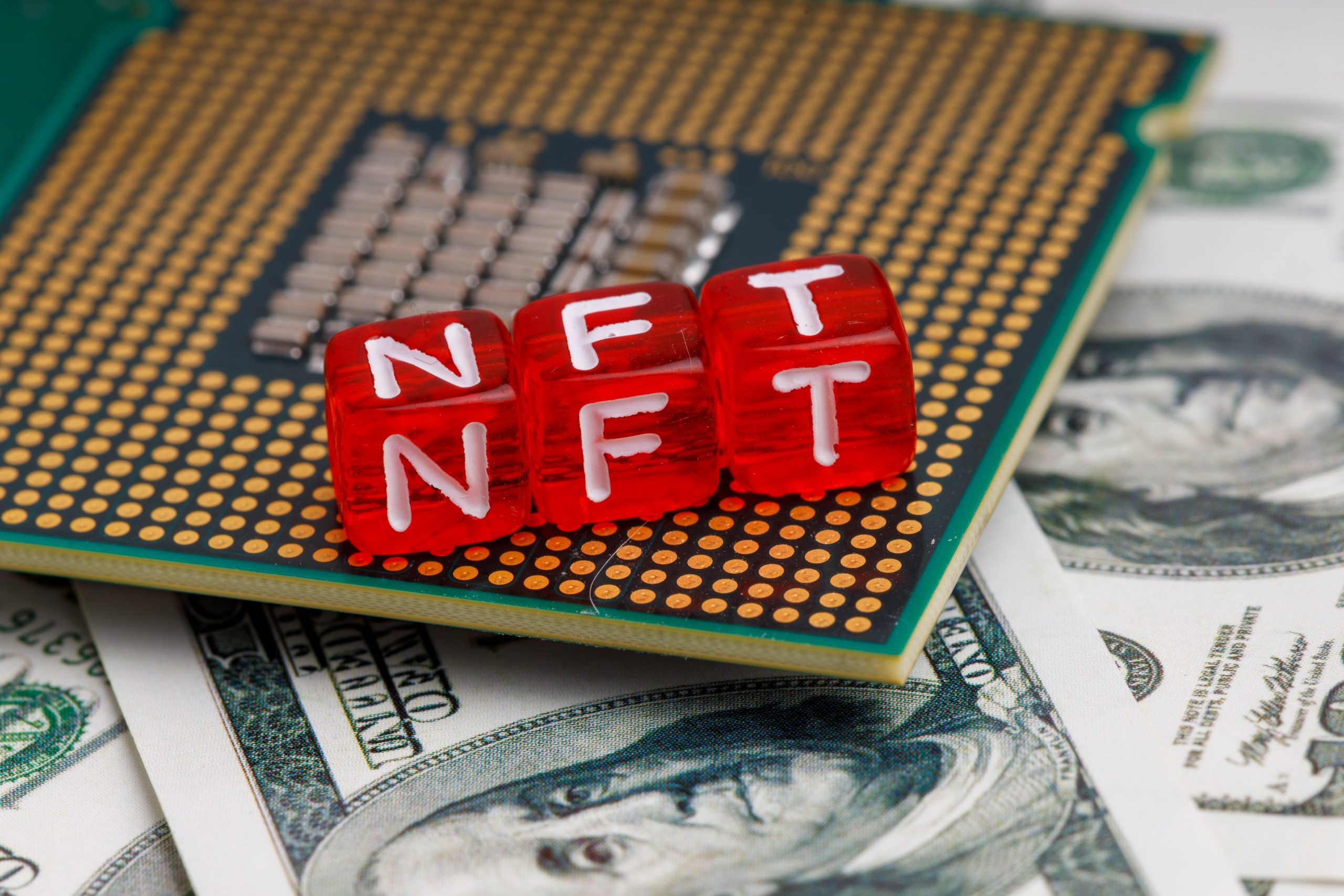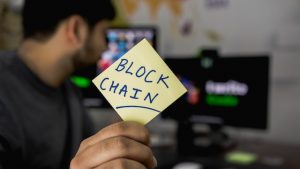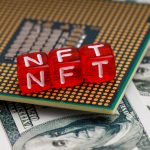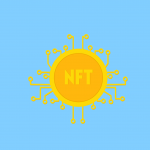NFTs are different from ERC-20 token, similar as DAI or LINK, in that each individual token is fully unique and isn’t separable. NFTs give the capability to assign or claim power of any unique piece of digital data, trackable by using blockchain a public ledger. An NFT is formed from digital objects as a representation of digital or non digital assets.
An NFT can only have one proprietor at a time. Ownership is managed through the uniqueID and metadata that no other Token can replicate. NFTs are formed through smart contracts that assign ownership and manage the transferability of the NFT’s. When someone creates or mints an NFT, they execute codes stored in smart contracts that conform to different norms, similar as ERC-721. This information is added to the blockchain where the NFT is being managed. The minting process, from a high position, has the following way that it goes through.
- Creating a new block
- Validating information
- Recording information into the blockchain
NFT’s have some special parcels
- Each token formed has a unique identifier that’s directly linked to one Ethereum address.
- They are not directly exchangeable with other token 1:1 For illustration 1 ETH is exactly the same as another ETH. This is not the case with NFTs.
- Each token has an owner and this information is easily verifiable.
- They live on Ethereum and can be bought and vended on any Ethereum- grounded NFT market.
In other words, if you own an NFT:
- You can fluently prove you own and it.
- Proving you own an NFT is veritably analogous to proving you have ETH in your account.
- For illustration, let’s say you buy an NFT, and the ownership of the unique token is transferred to your wallet via your public address.
- The token proves that your dupe of the digital file is the original.
- Your private key is proof-of-ownership of the original.
- The content creator’s public key serves as a instrument of authenticity for that particular digital artefact.
- The creators public key is basically a endless part of the token history. The creator’s public key can demonstrate that the token you hold was created by a particular existent, therefore contributing to its request value (vs a fake).
- Another way to suppose about proving you own the NFT is by signing messages to prove you own the private key behind the address.
- As mentioned over, your private key is proof-of- ownership of the original. This tells us that the private keys behind that address control the NFT.
- A signed message can be used as evidence that you own your private keys without revealing them to anybody and therefore proving you own the NFT as well!
- No one can manipulate it in any way.
- You can sell it, and in some cases this will earn the original creator resale royalties.
- Or, you can hold it ever, resting comfortably knowing your asset is secured by your wallet.
And if you create an NFT
- You can fluently prove you are the creator.
- You determine the scarcity.
- You can earn royalties every time it’s Sole.
- You can sell it on any NFT market or peer-to- peer. You are not locked in to any platform and you do not need anyone to intermediate.








